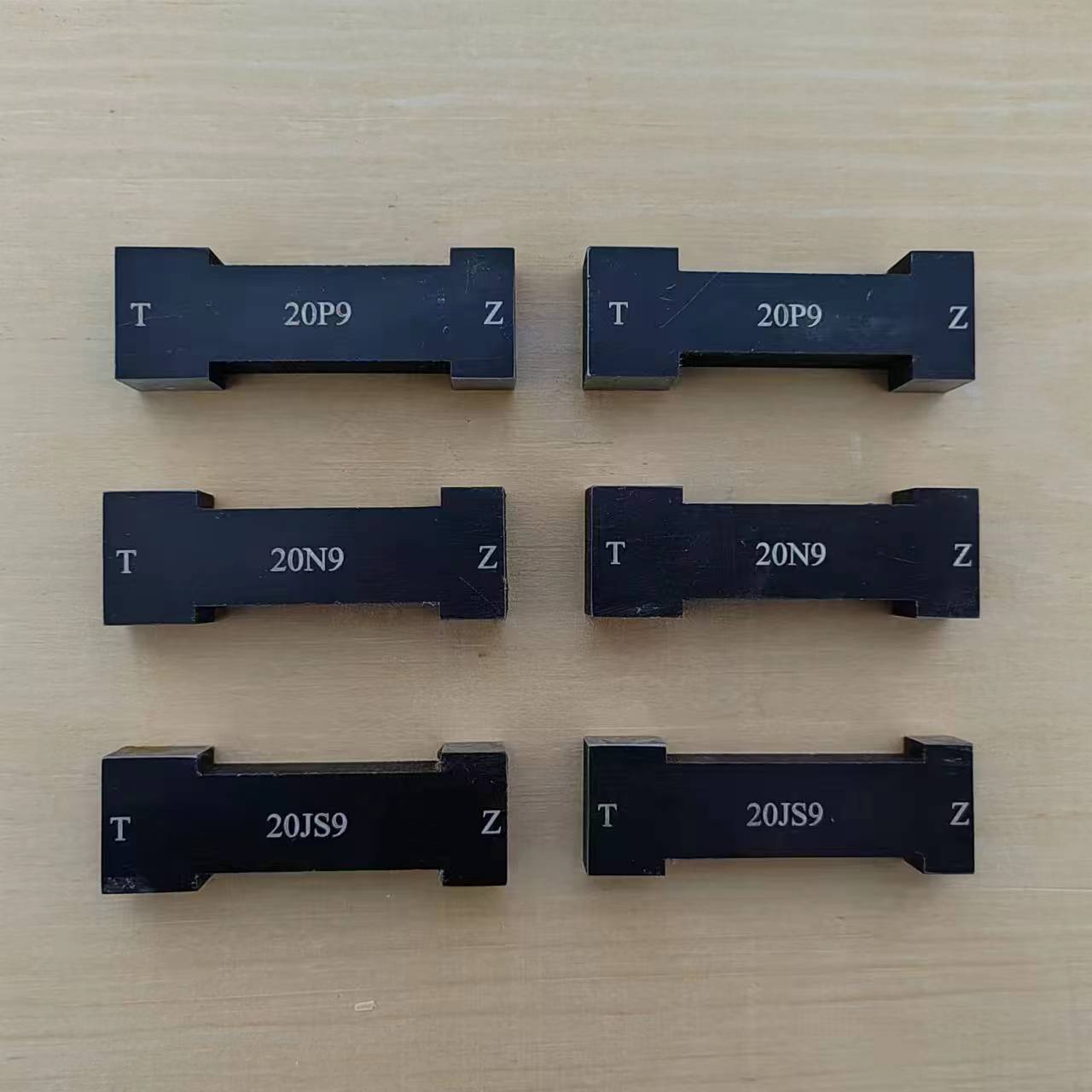9 月 . 25, 2024 18:17 Back to list
thread gauge sizes
Understanding Thread Gauge Sizes A Comprehensive Guide
When it comes to fasteners and industrial applications, thread gauge sizes are critical to ensuring the right fit and function of screw, bolt, and other threaded components. Understanding these sizes is essential for engineers, manufacturers, and any professionals working in fields where precise measurements are a necessity. This article explores thread gauge sizes, their significance, and how to effectively use them.
What Are Thread Gauges?
Thread gauges are tools used to measure the diameter and pitch of a screw thread. They come in various forms, including pitch gauges and screw gauges. These tools ensure that a threaded fastener fits properly in its intended application, minimizing the risk of mechanical failure. Accurate measurements can help in selecting the right screws, bolts, or nuts for a specific job.
Types of Thread Gauges
1. Pitch Gauge This gauge is used to measure the distance between threads (pitch). It can be made from metallic components with various sized notches corresponding to different thread pitches. When determining the pitch, one simply places the gauge against the threads of a fastener to find the match.
2. Screw Gauge A screw gauge often features complete threads designed to help ascertain the diameter of a fastener. It is particularly useful for identifying the major and minor diameters of a screw.
3. Taps and Dies These are not traditional gauges but are indispensable tools for creating internal and external threads, respectively. They often come with sizing markings, helping users understand their thread dimensions.
Understanding Thread Sizes
thread gauge sizes

Thread sizes are commonly referenced using two key measurements the major diameter and the pitch. The major diameter is the largest diameter of the thread, while the pitch refers to the distance between each thread. In the imperial system, thread sizes are often expressed in inches, while the metric system uses millimeters.
Thread sizes can be written in various formats. For instance, a common way to express an imperial thread size is “1/4-20”, where “1/4” indicates the major diameter (1/4 inch) and “20” indicates the number of threads per inch (TPI). In the metric system, a thread might be denoted as “M6 x 1”, indicating a major diameter of 6 mm and a pitch of 1 mm.
Importance of Accurate Measurements
Accurate thread measurements are crucial for a variety of reasons. First, they ensure the integrity of mechanical assemblies. A mismatch in thread sizes can lead to stripped threads, machinery failures, or even hazardous situations in critical applications like aerospace or automotive manufacturing. Second, precise measurements facilitate easier assembly and disassembly of components, saving time and reducing production costs.
How to Measure Thread Sizes
Using a thread gauge is straightforward. To start, choose the appropriate gauge for your application, whether it be a pitch gauge or screw gauge. Place the gauge against the threads of the fastener and observe which notch or size matches. Ensure that you are measuring the correct section of the thread—while the major diameter can be measured at the external tips of the threads, pitch is best gauged using the spaces between the threads.
Conclusion
Thread gauge sizes play a vital role in many industries, ensuring that threaded components engage securely and functionally. Understanding how to use thread gauges, recognizing the various types available, and measuring accurately are essential skills for anyone working with fasteners. As technology continues to advance in manufacturing and engineering, the importance of precise measurements remains paramount, making knowledge of thread gauge sizes indispensable for quality control and mechanical reliability. Investing time in mastering thread measurements can provide significant long-term benefits in both workmanship and safety.
-
Y Type Strainers: A Comprehensive GuideNewsOct.18,2024
-
Understanding Water Valve Options for Your NeedsNewsOct.18,2024
-
Functions and TypesNewsOct.18,2024
-
An Essential Component for Fluid SystemsNewsOct.18,2024
-
Adjustment and ReplacementNewsOct.18,2024
-
Slow Closing Check Valves: A Key Component in Fluid SystemsNewsOct.08,2024
Related PRODUCTS









